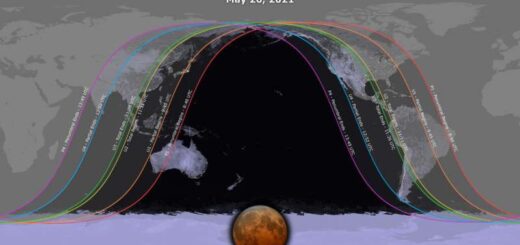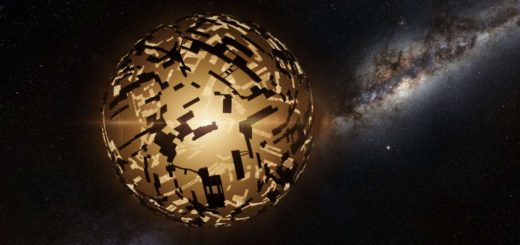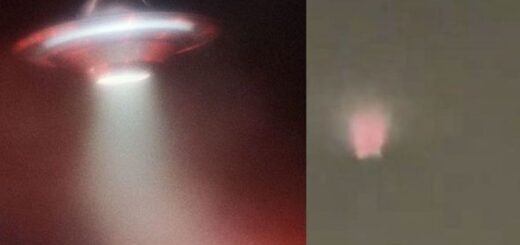Researchers Are One Step Closer To Explain Dimming Of Mysterious ‘Tabby’s Star’

The so-called ‘Tabby’s Star’ officially known as KIC 8462852 has caused many speculations ranging from it having swallowed a nearby planet to an unusually large group of comets orbiting the star to an alien megastructure.
Researchers say they are one step closer to solving the mystery behind the “most mysterious star in the universe.”
The so-called ‘Tabby’s Star’ officially known as KIC 8462852, is an ordinary star, about 50 percent bigger and 1,000 degrees hotter than the Sun, and about than 1,000 light years away. But this star has been inexplicably dimming and brightening sporadically like no other, researchers say. Many theories try to explain the star’s unusual light patterns, including that an alien megastructure is orbiting the star.
Now researchers say that alien megastructure is not the cause of dimming of KIC 8462852. The ‘Tabby’s Star’ is dubbed in honor of astronomer Tabetha Boyajian from Louisiana State University, who led the study of the intriguing star.
Boyajian and her team believe that dust is most probably the reason why the star’s light appears to dim and brighten.
See also:
Tabby’s Star – Mysterious Star In The Milky Ways And Its Unexplained Behavior Baffle Astronomers
“The new data shows that different colors of light are being blocked at different intensities. Therefore, whatever is passing between us and the star is not opaque, as would be expected from a planet or alien megastructure,” she said.
Jason Wright from Penn State UniversityWright, a co-author of the paper, added: “We were hoping that once we finally caught a dip happening in real time we could see if the dips were the same depth at all wavelengths. If they were nearly the same, this would suggest that the cause was something opaque, like an orbiting disk, planet, or star, or even large structures in space”
The scientists closely observed the star through the Las Cumbres Observatory from March 2016 to December 2017. Beginning in May 2017 there were four distinct episodes when the star’s light dipped.
“They’re ancient; we are watching things that happened more than 1,000 years ago,” the authors wrote.
“They’re almost certainly caused by something ordinary, at least on a cosmic scale. And yet that makes them more interesting, not less. But most of all, they’re mysterious,” the researchers wrote in their paper.
“This latest research rules out alien megastructures, but it raises the plausibility of other phenomena being behind the dimming,” Wright said.
“There are models involving circumstellar material — like exocomets, which were Boyajian’s team’s original hypothesis — which seem to be consistent with the data we have.” Wright also points out that “some astronomers favor the idea that nothing is blocking the star — that it just gets dimmer on its own — and this also is consistent with this summer’s data.”
Paper in The Astrophysical Journal Letters.



 Creators of mankind
Creators of mankind Description of “Tall white aliens”
Description of “Tall white aliens” Where they came from?
Where they came from? About hostile civilizations
About hostile civilizations The war for the Earth
The war for the Earth “Tall white aliens” about eternal life
“Tall white aliens” about eternal life Video: “Nordic aliens”
Video: “Nordic aliens” Aliens
Aliens Alien encounters
Alien encounters The aliens base
The aliens base UFO
UFO Technology UFO
Technology UFO Underground civilization
Underground civilization Ancient alien artifacts
Ancient alien artifacts Military and UFO
Military and UFO Mysteries and hypotheses
Mysteries and hypotheses Scientific facts
Scientific facts


















